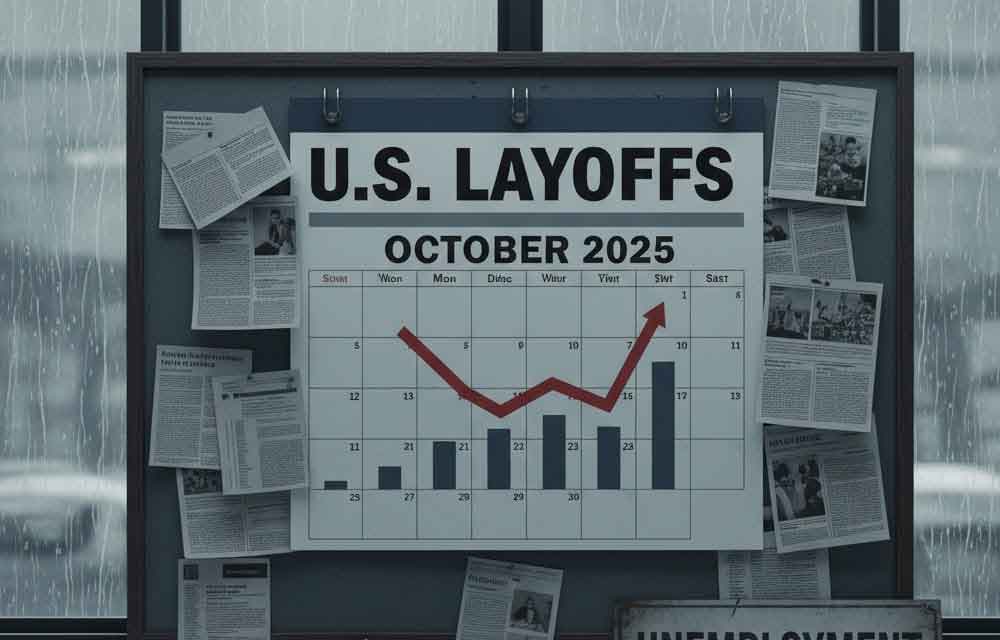Redistricting Wars: How California and Texas Are Shaping the 2026 Elections

As the 2026 midterm elections approach, a fierce battle over redistricting in Texas and California is poised to reshape the U.S. House of Representatives. These two powerhouse states, with their significant congressional delegations, are at the heart of a partisan struggle that could determine control of Congress and influence the political landscape for years to come. This article explores the political implications of these redistricting wars, the strategies behind them, and their potential impact on the 2026 elections and beyond.
The Stakes: Control of the House
With Republicans holding a narrow 219-212 majority in the U.S. House (with four vacancies) as of August 2025, the 2026 midterms are critical. Democrats need to gain just three net seats to flip control, making every redistricting decision pivotal. Texas, with 38 congressional seats, and California, with 52, are prime battlegrounds due to their size and political influence. The outcomes of these redistricting efforts could tip the balance of power, affecting President Donald Trump’s legislative agenda and the Democratic Party’s ability to act as a check on his administration.
Texas: A Republican Power Grab
Texas Republicans, backed by former President Donald Trump, are pushing an aggressive mid-decade redistricting plan to secure five additional GOP-leaning seats. This move, which defies the traditional decennial redistricting cycle tied to the U.S. Census, aims to bolster the Republican House majority. The proposed map targets Democratic strongholds in Austin, Dallas, and Houston, redrawing districts to dilute Democratic voter strength and create safer Republican seats. Analysts estimate this could increase Republican representation from 25 to 30 seats, while reducing Democratic seats from 12 to 8.
The push has sparked intense controversy. Texas Democrats, lacking the votes to block the plan in the Republican-dominated legislature, fled the state in July 2025 to deny the quorum needed for a vote. Governor Greg Abbott responded by threatening arrests, fines, and even expulsion, escalating the standoff. The Texas Tribune reported that Abbott filed a lawsuit with the Texas Supreme Court to remove absent Democratic lawmakers, such as Rep. Gene Wu, if they did not return by early August. Despite these efforts, the Democrats’ walkout temporarily stalled the process, highlighting the high stakes of this partisan maneuver.
Critics, including voting rights advocates, argue that the Texas plan is a blatant gerrymander that could suppress Black and Hispanic voters, who tend to support Democrats. U.S. Rep. Sylvia Garcia noted that the maps, approved by Abbott in 2021, are already under legal challenge for diluting minority voting power. The Justice Department’s July 2025 letter citing “constitutional concerns” about existing districts has been used by Republicans to justify the redraw, though critics see it as a pretext for partisan gain.
California: A Democratic Counteroffensive
In response, California Governor Gavin Newsom has proposed a bold counter-strategy: a special election on November 4, 2025, to allow voters to approve a new congressional map that could add five Democratic seats. This move would temporarily bypass California’s independent redistricting commission, established in 2008 to ensure nonpartisan map-drawing. Newsom’s “Election Rigging Response Act” is conditional, activating only if Texas or other Republican-led states proceed with partisan redistricting. The plan aims to reduce Republican seats from 9 to 4, giving Democrats over 90% of California’s 52 House seats, despite Trump winning nearly 40% of the state’s vote in 2024.
The proposal has divided opinions. Supporters argue it’s a necessary defense against Republican gerrymandering, ensuring Democrats remain competitive in a polarized Congress. Critics, including California Republicans, call it a hypocritical abandonment of the state’s nonpartisan redistricting model. Posts on X reflect this tension, with some users accusing California of initiating the redistricting wars, while others see Newsom’s move as a justified response to Texas’s aggression.
The plan faces significant hurdles. It requires two-thirds legislative approval by August 22, 2025, to appear on the November ballot, and legal challenges are expected. Any new map must comply with the Voting Rights Act to avoid diluting minority representation, particularly for Latino, Asian American, and Black communities. The presence of Immigration and Customs Enforcement agents at Newsom’s campaign launch in Los Angeles has further complicated the narrative, with Democrats framing it as voter intimidation aimed at Latino communities.
Broader Implications: A National Redistricting Arms Race
The Texas-California showdown is sparking a broader redistricting war across the U.S. Other states, including New York, Illinois, Missouri, Ohio, Indiana, and Florida, are considering similar mid-decade redraws. New York Governor Kathy Hochul has signaled plans to amend the state’s constitution to allow Democratic-friendly maps, though this process may not be completed before 2028. In Missouri, Republicans are preparing a special session to target Democratic-held districts, while Ohio’s existing law mandates new maps before 2026.
This escalation threatens to erode competitive congressional districts. The Cook Political Report notes that only 82 of 435 House districts are considered “swing seats” (within R+5 to D+5), a 50% decline from 164 in 1999. Partisan gerrymandering reduces incentives for politicians to appeal to moderate voters, deepening polarization.
The Supreme Court’s upcoming decision on a Louisiana redistricting case could further complicate matters. The case, set for re-argument in October 2025, will examine whether race-based redistricting violates the 14th Amendment, potentially impacting how states like Texas and California justify their maps.
Political Fallout: Risks and Rewards
For Republicans, the Texas plan offers a chance to secure their House majority, protecting Trump’s agenda from Democratic obstruction or impeachment threats. However, experts warn that diluting safe Republican districts with Democratic voters could make some seats unexpectedly competitive, especially if Trump’s approval rating, currently at 38%, continues to decline.
For Democrats, California’s counter-move is a high-stakes gamble. Success could neutralize Republican gains and strengthen their hand in 2026, but failure risks alienating voters who value the state’s independent redistricting model. Newsom’s proposal also ties into his potential 2028 presidential ambitions, positioning him as a fighter against Republican overreach. However, as Politico notes, a failed special election could damage his political capital.
Impact on Voters and Democracy
The redistricting wars underscore a troubling trend: the manipulation of electoral maps for partisan gain. While the Supreme Court has ruled racial gerrymandering unconstitutional, partisan gerrymandering remains permissible, creating a loophole that both parties exploit. Civil rights experts warn that these battles could undermine voting rights, particularly for minority communities, and erode public trust in electoral integrity.
In Texas, the Democratic walkout and Abbott’s threats highlight the lengths to which both sides will go. In California, the proposed special election raises questions about the future of independent redistricting commissions. Advocates like Wisconsin’s Fair Maps Coalition express alarm, warning that the partisan arms race could derail reform efforts nationwide.
What’s Next for 2026?
The outcomes of these redistricting battles will shape the 2026 midterms. If Texas’s map is enacted, Republicans could gain a crucial edge, making it harder for Democrats to flip the House. California’s response, if successful, could offset these gains, maintaining a competitive balance. Legal challenges, voter turnout, and public sentiment will play significant roles. Posts on X suggest a polarized public, with some decrying gerrymandering as anti-democratic, while others see it as a legitimate political strategy.
Financial markets are already reacting, with political advertising stocks anticipating a windfall from competitive races in redrawn districts. Defense and energy sectors may benefit from prolonged gridlock, while renewable energy initiatives could face challenges in a divided Congress.
Conclusion: A Test for American Democracy
The redistricting wars in Texas and California are more than state-level disputes—they are a test of American democracy’s resilience. As both parties push the boundaries of electoral fairness, the 2026 elections will reflect the consequences of these power plays. Voters, caught in the crossfire, face a future where district lines may prioritize partisan advantage over fair representation. As the nation watches, the outcomes in these two states could redefine the balance of power in Congress and shape the political narrative heading into 2028.













